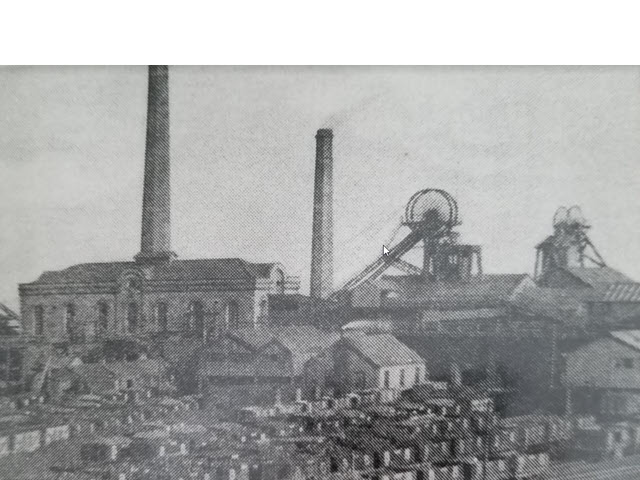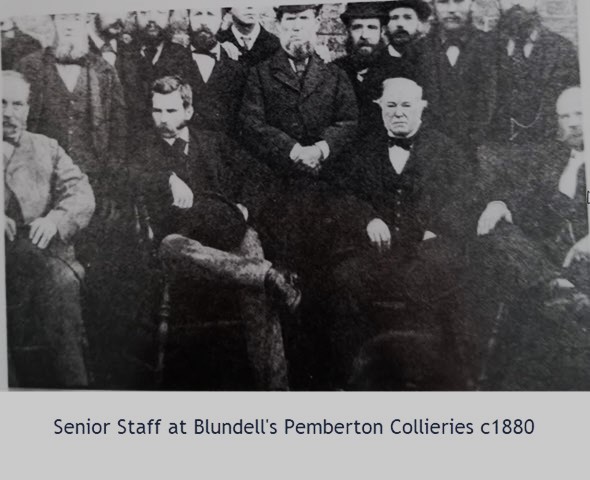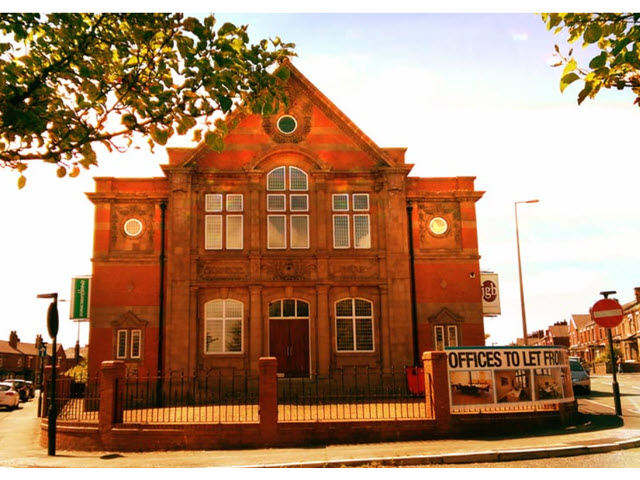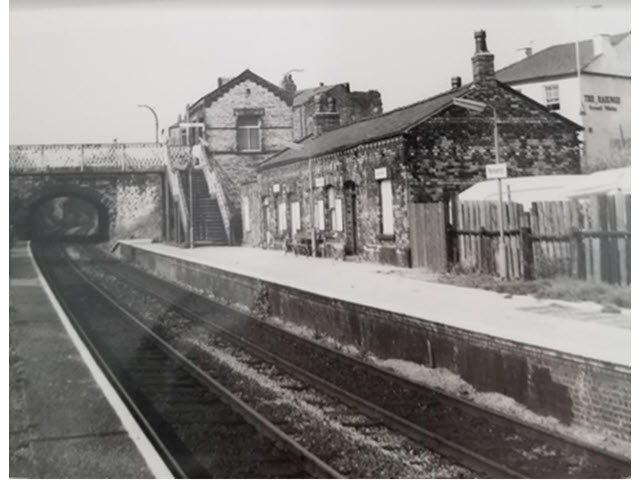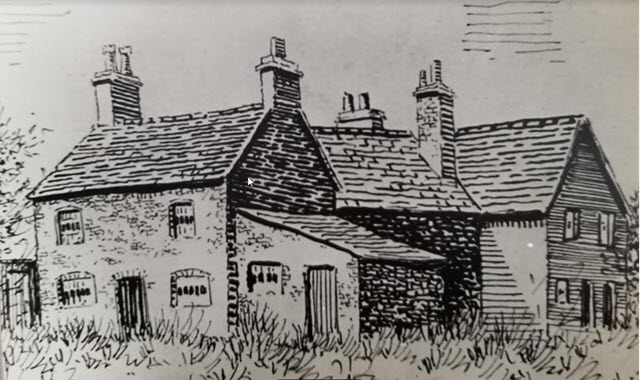Blundells Colliery.
, Pemberton
Part of Group:
At Risk: No
Description
Blundell's Colliery in Pemberton was one of the largest coal mines in England. At its peak in 1913 over 700,000 tons of coal were mined, 2,800 people employed, and 2,000 coal wagons and 4,700 pit tubs used on 17 miles of sidings. Underground, 270 pit ponies drew the coal tubs to the pit shafts.
Johnathen Blundell, a Liverpool merchant and slave trader, started investing in coal mining in Orrell in the 1770s. A horse-driven railway transported coal down to canal barges on the Leeds-Liverpool Canal. Blundell had offices in Liverpool.
Quickly realizing the lucrative nature of coal mining, he then opened mines in the Smithy Brook area west of the Pingot. His next step was to buy Highfield House and land in Highfield on the north side of Smithy Brook in Pemberton Wood [one of Blundell's slave ships was named "Pemberton"]. In 1815 Henry Blundell sunk the Bye Pit and by the 1860s his King and Queen pits were mining multiple seams of coal down to about 2,000 feet. Other pits near Pony Dick, Little Lane and Goose Green were connected to the main colliery by horse-powered railways, which took the coal wagons down to the canal at Severn Stars Bridge. By 1848 the colliery lines began to be connected to the mainline railway near Pemberton Station.
A major explosion occurred down a mine in 1877 killing 36 miners. Miners' strikes often occurred, soup kitchens were opened and the pit ponies were brought up for fresh air.
In 1900, Blundell's Pemberton Colliery was turned into a private limited company and in 1947 the enterprise was nationalized. The last ton of coal was mined at Summersales Colliery in 1966.
Unfortunately, huge spoil heaps were created as depositories for the underground waste.
The remnants of Pemberton Colliery and its railways were sold as scrap. Opencast mining occurred in the 1980s and then the land was allowed to settle and the spoil heaps removed before new houses were built on the site.
In 1946, the Blundell family donated a Pemberton Colliery Memorial in Highfield St. Mathew's Church. Gordon Cooke (1994) describes it, from a report in the Wigan Observer, as a carved oak screen erected to the memory of all those who for many generations have worked in the Coal Mines near the Church. The interesting feature of this screen, and probably unique feature of any oak carving in England, is the inclusion in the carving of the cornice of six emblems illustrative of the mining industry. They consist of a pit headgear, a pony and loaded tub down the mine, a minor's lamp, a canary and a cage, a pick and shovel, and a shovel.
The Blundell family did much to enrich the local community building houses, schools and churches. The colliery managers lived in Brooke House.
Derek Winstanley 2021

